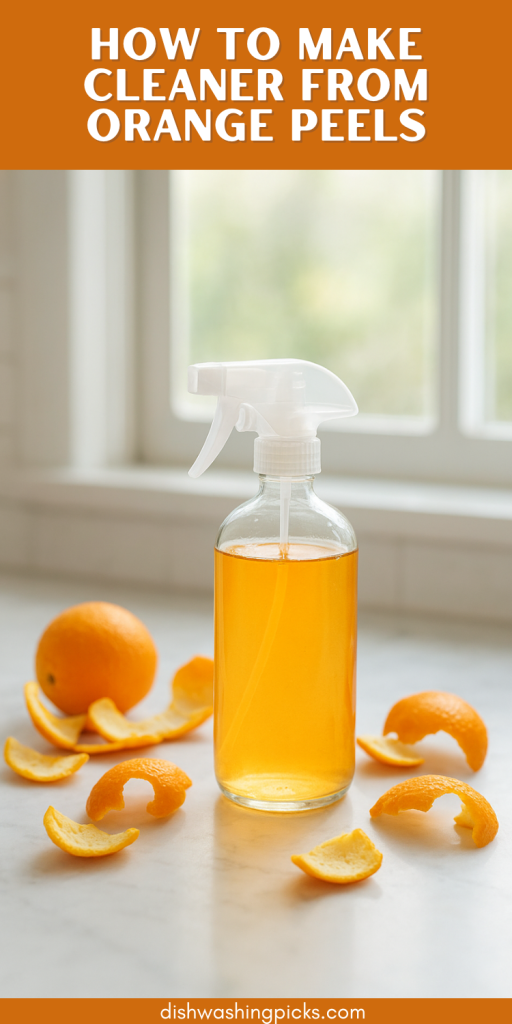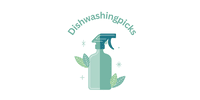
From Snack to Sparkling Surfaces
Ever finish eating an orange, stare at the pile of peels, and feel a little guilty tossing them in the trash? You’re not alone. Most of us don’t think twice about them. But here’s the secret: those leftover peels are gold when it comes to cleaning.
Why? Because oranges (and other citrus fruits) naturally contain oils that are tough on grease, smell amazing, and—bonus point—are chemical-free. Imagine transforming what would’ve been waste into a cleaner that makes your home smell like a sunny orchard. Not bad for a fruit snack, right?
Now, let’s get into how you can make this happen. Spoiler: it’s way easier than you think.
Why Orange Peels Make Such Great Cleaners
Here’s the deal: orange peels contain something called limonene. Don’t worry, no science lecture here—just know that limonene is a natural solvent. Translation? It cuts through grease, dissolves sticky messes, and even helps lift grime off surfaces.
And the best part? Unlike many store-bought cleaners that come with warning labels longer than your shopping list, this one is safe, eco-friendly, and dirt cheap.
Think of it like this: instead of paying $5 for a bottle of citrus cleaner at the store, you can make your own for practically free. That’s the kind of math I like.
What You’ll Need (Don’t Worry, It’s Simple)
Before we start mixing, here’s your short shopping list (most of which you already have):
- A jar with a lid (mason jars work perfectly)
- Fresh orange peels (the more, the merrier)
- White vinegar (yep, just the regular stuff in your pantry)
- A spray bottle (to store the final cleaner)
Optional but nice: lemon or lime peels for extra “zest” (pun absolutely intended).
See? Nothing fancy. You probably have 80% of this at home right now.
Step-by-Step: How to Make Orange Peel Cleaner
Alright, here’s the fun part. Roll up your sleeves—though honestly, this is so easy you won’t even break a sweat.
- Save Your Peels
Eat your oranges, save the peels. Try to keep them relatively clean (no pulp sticking everywhere). - Fill Your Jar
Stuff the peels into your jar. Don’t overthink it—just pack as many as you can. - Add Vinegar
Pour white vinegar into the jar until the peels are fully covered. Vinegar is the magic partner here—it disinfects while the orange peels infuse their oils. - Wait (This Is the Hardest Part)
Seal the jar and let it sit for about 2 weeks. Yep, two whole weeks. During this time, the vinegar will soak up the citrus oils and transform into a powerful cleaner. - Strain & Store
After two weeks, strain out the peels and pour the liquid into a spray bottle. Dilute with a bit of water if you want a lighter cleaner.
Boom. You now have homemade orange peel cleaner!
How to Use Your New Cleaner
So, what can you actually clean with it? Pretty much anything that needs a little sparkle:
- Kitchen counters (cuts grease like a champ)
- Bathroom surfaces (smells way better than bleach)
- Windows and mirrors (streak-free shine)
- Trash cans (say goodbye to lingering odors)
One small caveat: avoid using it on natural stone like granite or marble. The vinegar can be a bit harsh for those.
Imagine spraying this on your counter after dinner and instantly making the kitchen smell fresh and citrusy. Not only does it look clean—it feels clean.
Extra Tips to Take It Up a Notch
- Add a cinnamon stick or cloves to the jar if you want a warm, cozy scent.
- Mix in some lemon or lime peels for a sharper citrus kick.
- Keep multiple jars brewing so you never run out—future you will thank you.
Wrapping It Up
And there you have it: a cleaner that’s budget-friendly, eco-friendly, and smells amazing—all from something you were probably throwing away.
The next time you peel an orange, think twice before tossing those skins. Instead, picture them transforming into a bottle of fresh, natural cleaner waiting to make your home shine.
So, are you ready to raid your fruit bowl and get started? Trust me—you’ll never look at orange peels the same way again.
